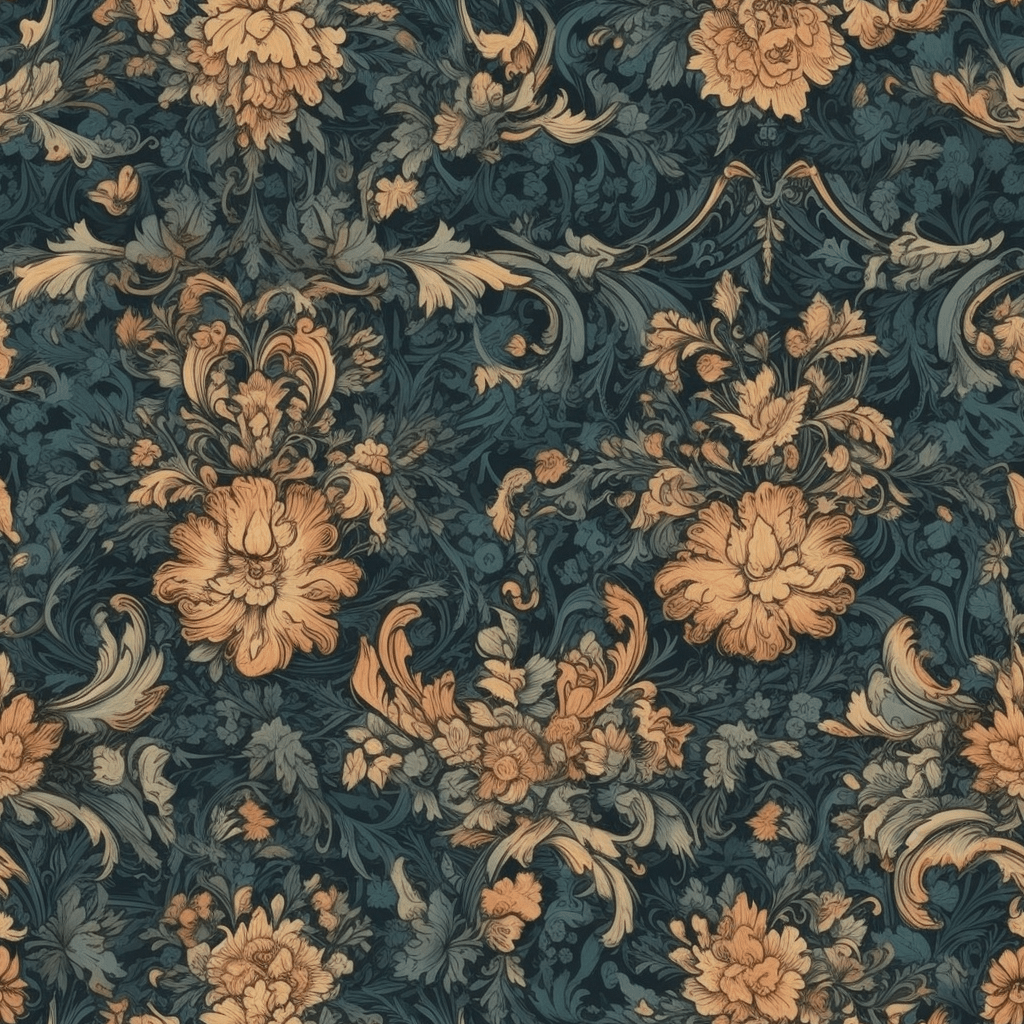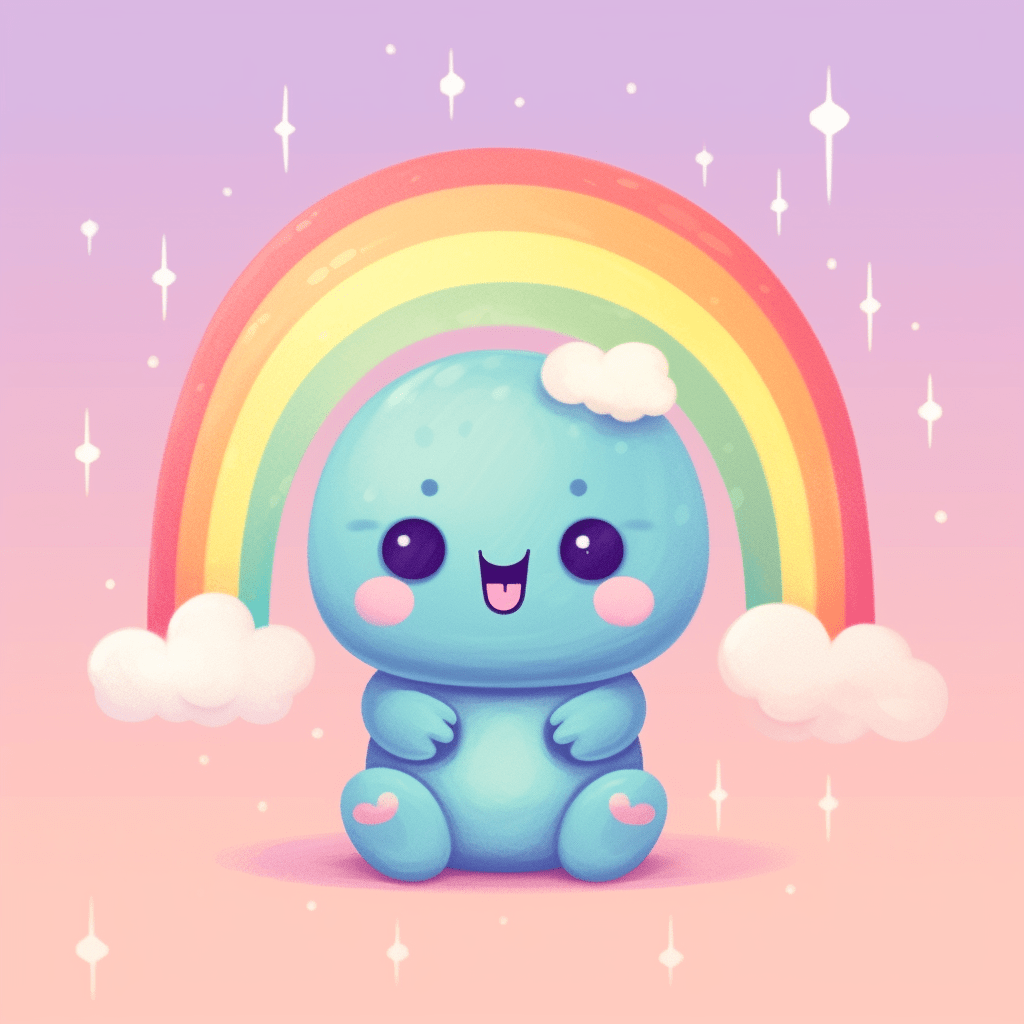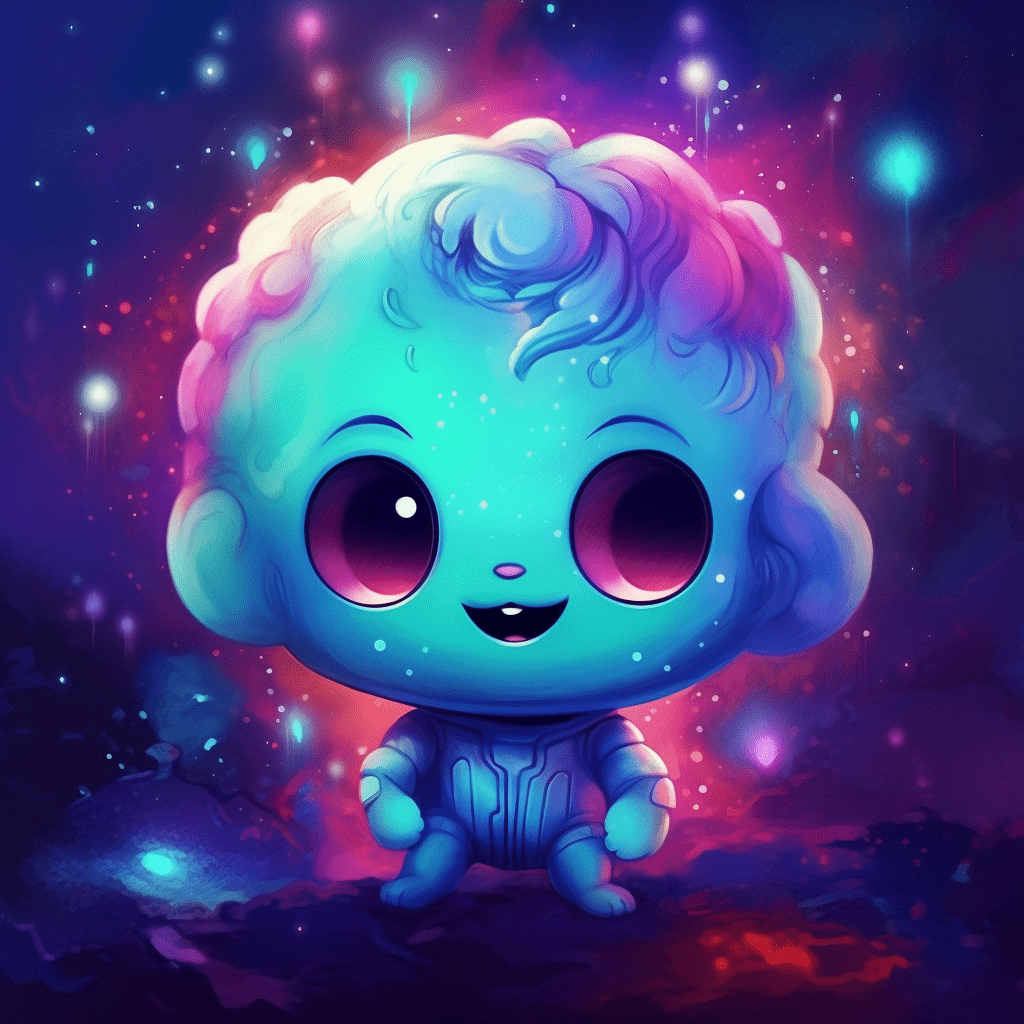Non-fungible tokens (NFTs) have been making waves in the art world, providing artists with new opportunities to monetize their work and reach a global audience. One of the most intriguing developments in this space is the advent of random NFT generators. These tools allow artists to create unique digital art pieces using a combination of different attributes and elements. In this article, we delve into the reasons why artists are increasingly turning to these generators to create their digital art.
The Rise of NFTs in the Art World

NFTs have brought about a significant change in the art market. By representing ownership of a unique piece of digital content, NFTs offer artists a way to sell their work directly to collectors on the blockchain. This eliminates the need for intermediaries, allowing artists to retain a larger portion of the profits from their work. In addition, NFTs can include smart contracts that provide artists with royalties every time their work is resold, offering a sustainable source of income that was previously unattainable for many artists.
The Appeal of Random NFT Generators
Random NFT generators have emerged as a creative tool in the NFT art scene. These generators allow artists to create a range of unique NFTs by combining various attributes and elements. The result is a series of unique digital art pieces, each with its own distinct characteristics.
The appeal of random NFT generators for artists lies in their versatility and the creative freedom they offer. Artists can input their designs into the generator, which then randomly combines different elements to create unique pieces of art. This process enables artists to produce a wide variety of unique NFTs quickly and efficiently, which can be particularly beneficial for artists working on large collections or series.
Boosting Creativity and Experimentation
Random NFT generators also serve as a platform for creativity and experimentation. Artists can explore different styles, themes, and techniques, seeing how various elements interact and combine to create unique pieces. This can lead to unexpected and exciting results, pushing the boundaries of the artist’s style and expanding their creative horizons.
The experimental nature of random NFT generators also allows artists to take risks and try out new ideas without the fear of wasting time or resources. This is particularly relevant in the digital art world, where experimentation and innovation are key drivers of success.
The Role of Random NFT Generators in the NFT Ecosystem

Random NFT generators are becoming an integral part of the NFT ecosystem, particularly in the realm of digital art. They are used in a variety of ways, from creating unique art collections to generating custom NFTs for games and virtual worlds.
In the art world, random NFT generators have been embraced by a community of artists and collectors who value uniqueness and creativity. These generators enable artists to create diverse collections of unique pieces, which can be attractive to collectors looking for something different from the mainstream offerings.
The Impact of AI and Machine Learning on Random NFT Generators
Artificial Intelligence (AI) and Machine Learning (ML) are also playing an increasing role in the world of random NFT generators. These technologies are being used to create algorithms that can generate more complex and intricate designs, taking random NFT generators to new levels of sophistication.
AI and ML can analyze vast amounts of data, learning from previous designs to create more advanced and appealing NFTs. This opens up even more opportunities for artists to experiment with their work, pushing the boundaries of what is possible in the realm of digital art.
Addressing Ethical and Environmental Concerns
While the rise of NFTs and random NFT generators has brought exciting opportunities for artists, it has also raised some ethical and environmental concerns. The energy consumption associated with minting and trading NFTs on the blockchain has been a topic of debate, leading some artists to seek out more sustainable practices.
Moreover, the open nature of random NFT generators can potentially lead to instances of plagiarism or copyright infringement. Artists and platforms are therefore challenged to find ways to ensure the originality of the created pieces and respect for intellectual property rights.
The Future of Artistic Expression in the Digital Realm

As the NFT market continues to evolve, random NFT generators are likely to play an increasingly significant role. The combination of creativity, customization, and technological innovation that these tools offer is revolutionizing the way artists approach digital art.
The integration of AI and ML technologies is adding an extra layer of complexity and appeal to the generated art pieces, promising exciting developments in the future. Artists who can successfully navigate the challenges and opportunities presented by this new medium are likely to find themselves at the forefront of the digital art revolution.
Why artists are turning to random NFT generators for their digital art is a complex issue, intertwined with the broader trends and challenges of the digital art world. It is clear, however, that these tools offer a wealth of opportunities for artists to explore new styles, reach a global audience, and take their work in new and exciting directions.
